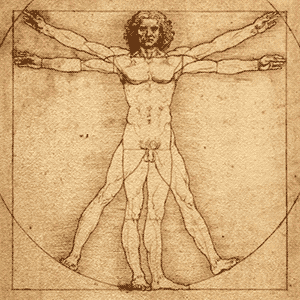Today, I'm evaluating two packaged water designs (I say packaged because one of them isn't bottled) these are both similar in price, and both seem to target earth and nature lovers. I'm always curious why we pick one bottle of water over the other. I find myself always reaching for that smart water over the arrowhead, even though they have no difference in taste and a world of difference in price.
While in California last fall, I noticed these two waters. I was drawn to one and annoyed by the other.
The Good:
This is boxed water, but you already knew that since the brand told you in its bold minimalist script. Since my discovery of this product last fall I've seen it all over the world of instagram, people can't get enough of it. I think it can be chalked up to its simple design. Its got clean lines, contrast and a simple statement "Boxed Water is Better". In recent years, I think drink packaging has evolved into its own sort of fashion statement. Though I've never purchased this water, I easily picture its minimalist design going well with any outfit as a strut around campus.
This design also targets the earth consciousness in all of us. The flip side of the box elaborates the statement "Boxed Water is Better for the Earth." It has a clean info graphic that elaborates the company mission. It has very simple pictures followed by a few sentences that explains the companies process. This graphic, like the other graphics is very simple and minimalistic.
The Bad:
This bottled water is actually pretty cool, after doing a bit of research I found out that it is from pure collected rain water in Tasmania, Australia. The water is bottled without ever touching the ground. It's pretty neat, and fairly expensive, but that's something you would never know by just looking at the label.
First off...What does that label say? It says "Tasmanian Rain", unfortunately you wouldn't know the name just by looking at the profile of the product. You need to physically pick it up and turn it a few degrees each way just to know the name of the water...or if it even is water? (it is water) I'm typically a fan of negative space, but this label takes it too far. I think they could better utilize the negative space on the bottled to actually name their product. The picture in the background is of trees reflected on a lake, its so tiny on the bottle, its hard to determine what the picture even is. The position of the silhouette of the trees seems to form some unnecessary line breaks within the design, making the name even harder to read. This particular design in its entirety was published in a magazine. Its hard to read, and the law of simplicity makes the reader question the image on the bottle, my brain immediately wants to assume its the same photo that's in the background, but its not. This confusion causes dissonance and as most of us know, a confused mind will always say "No."


















